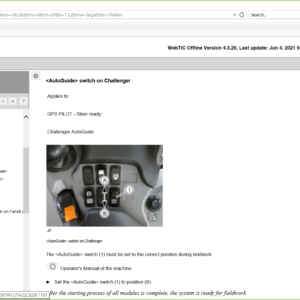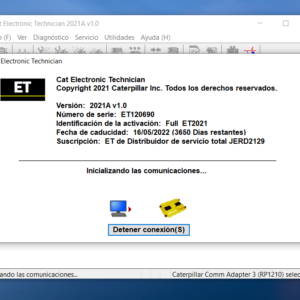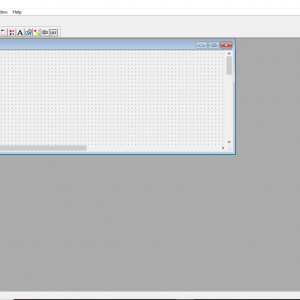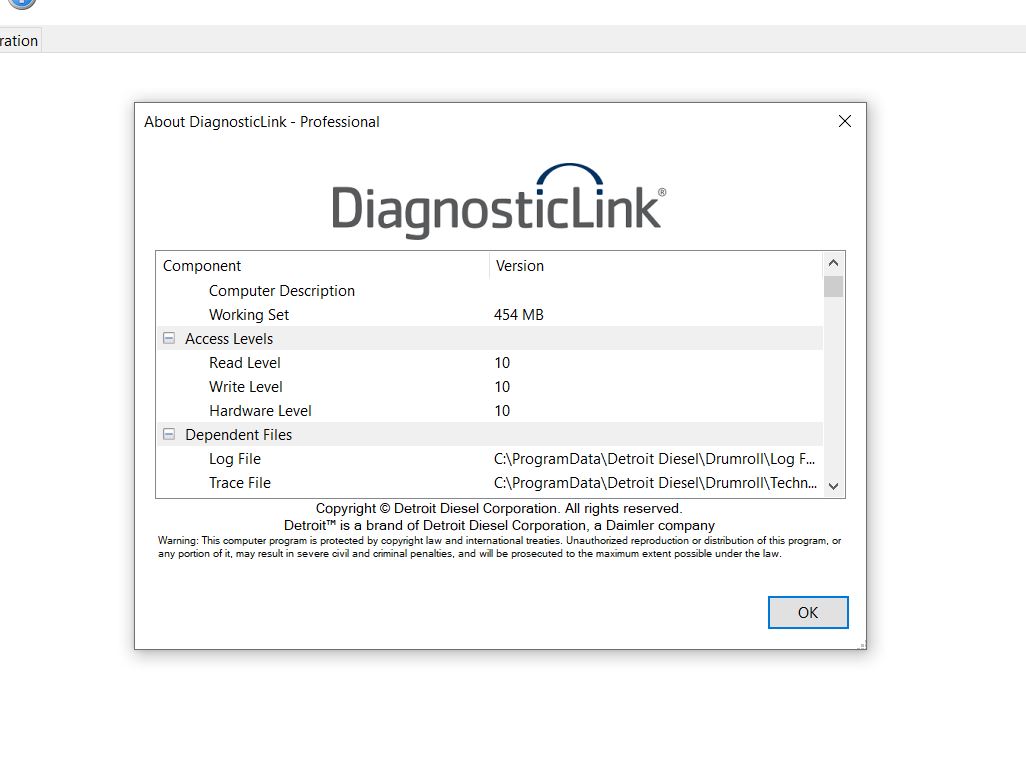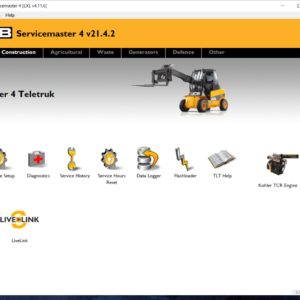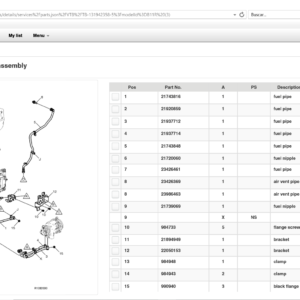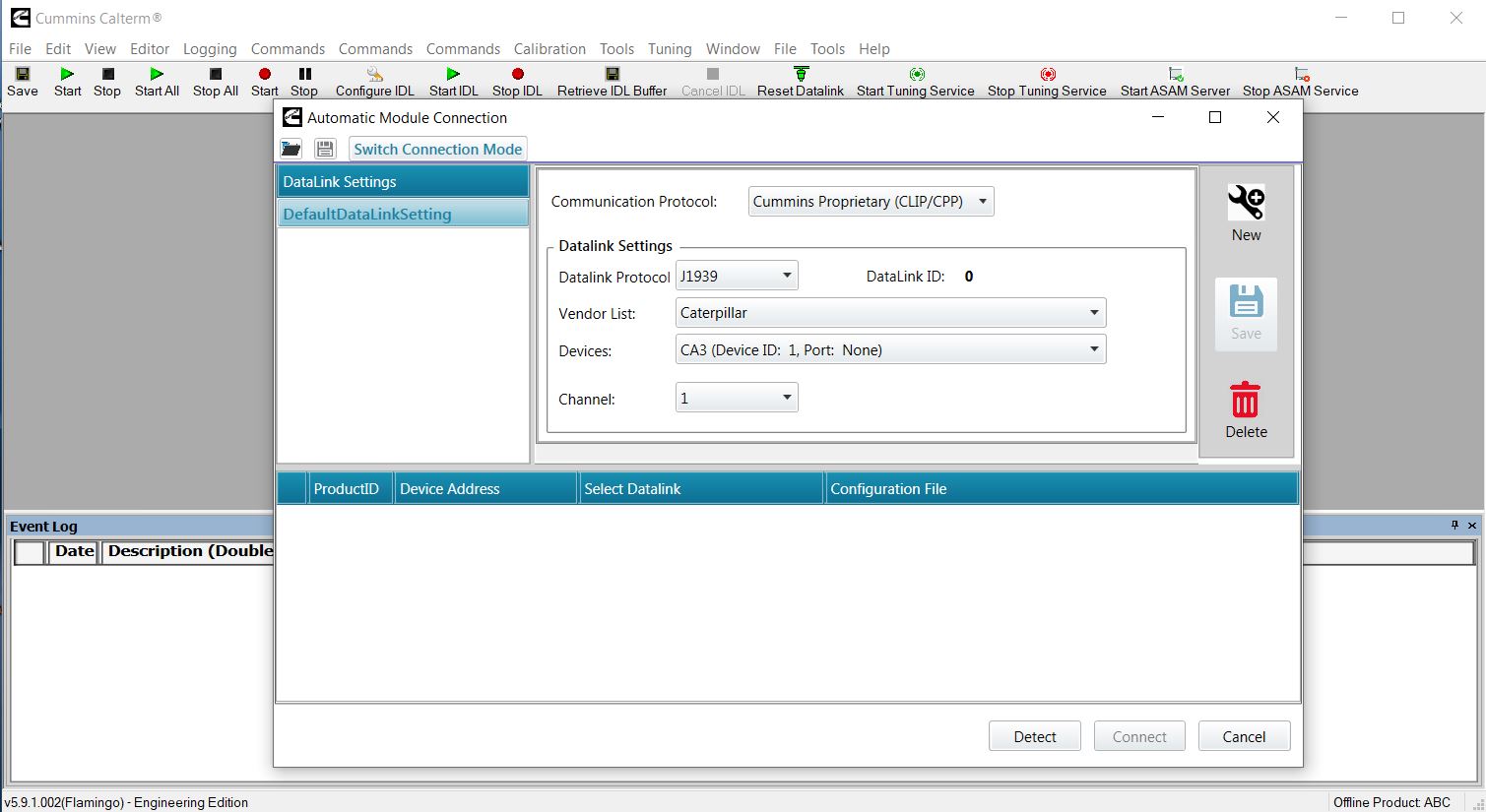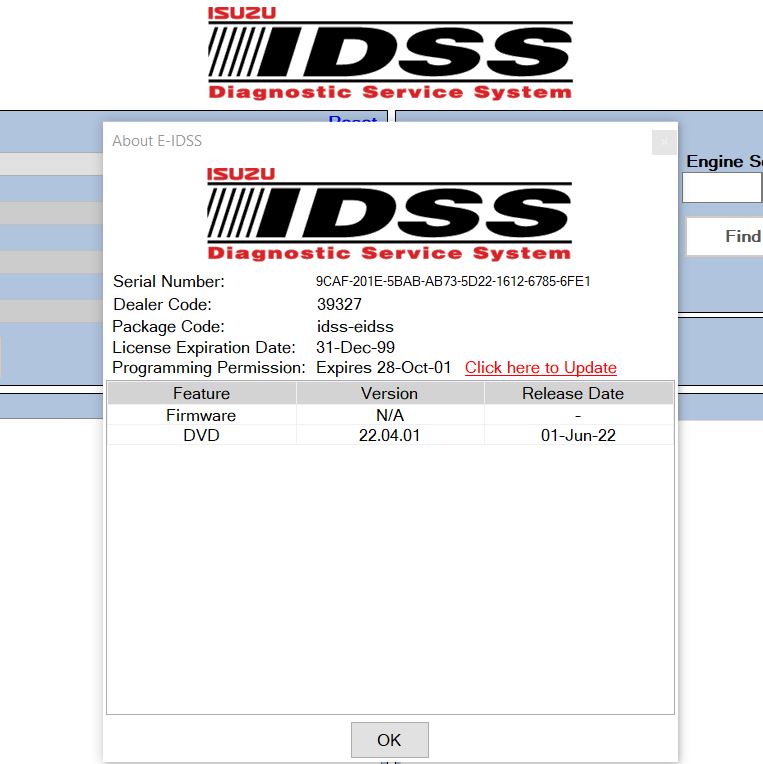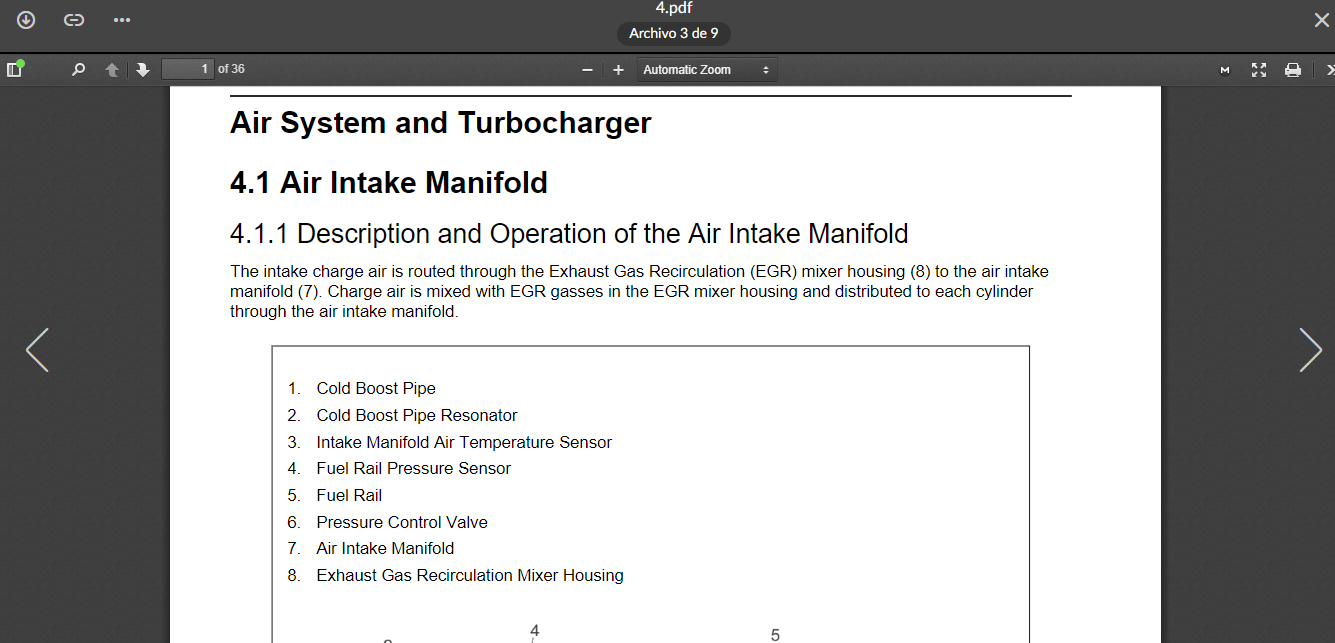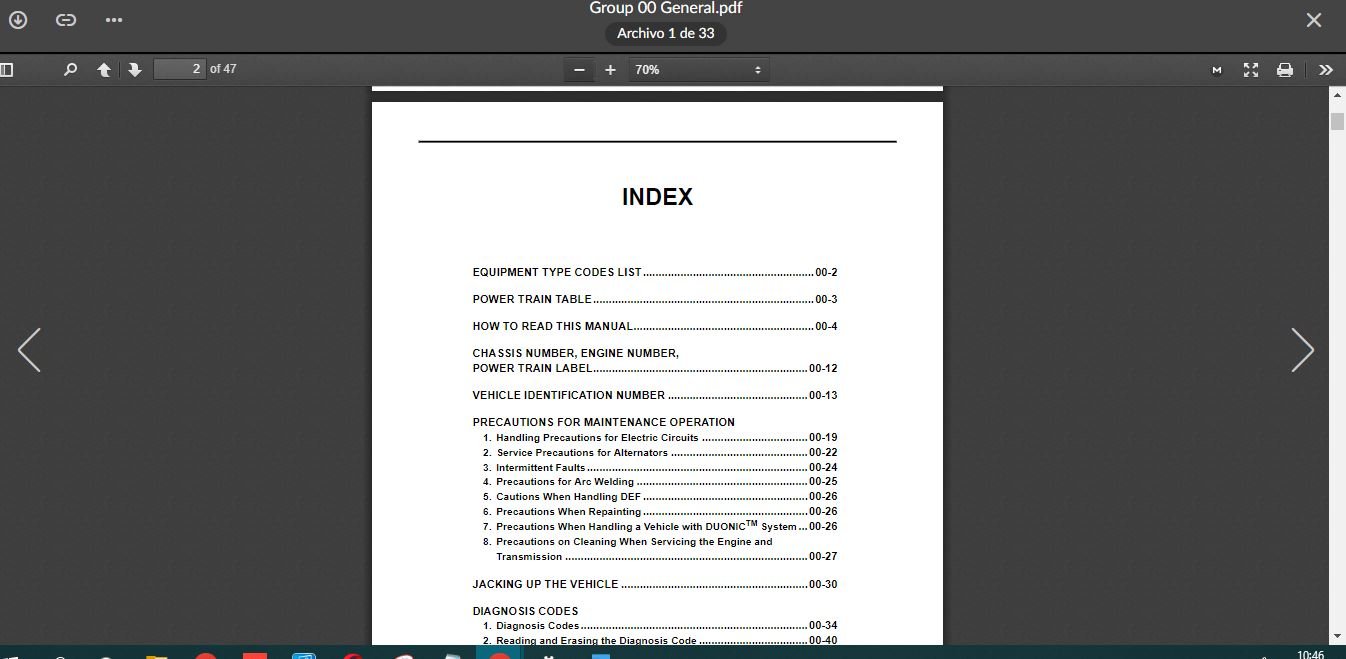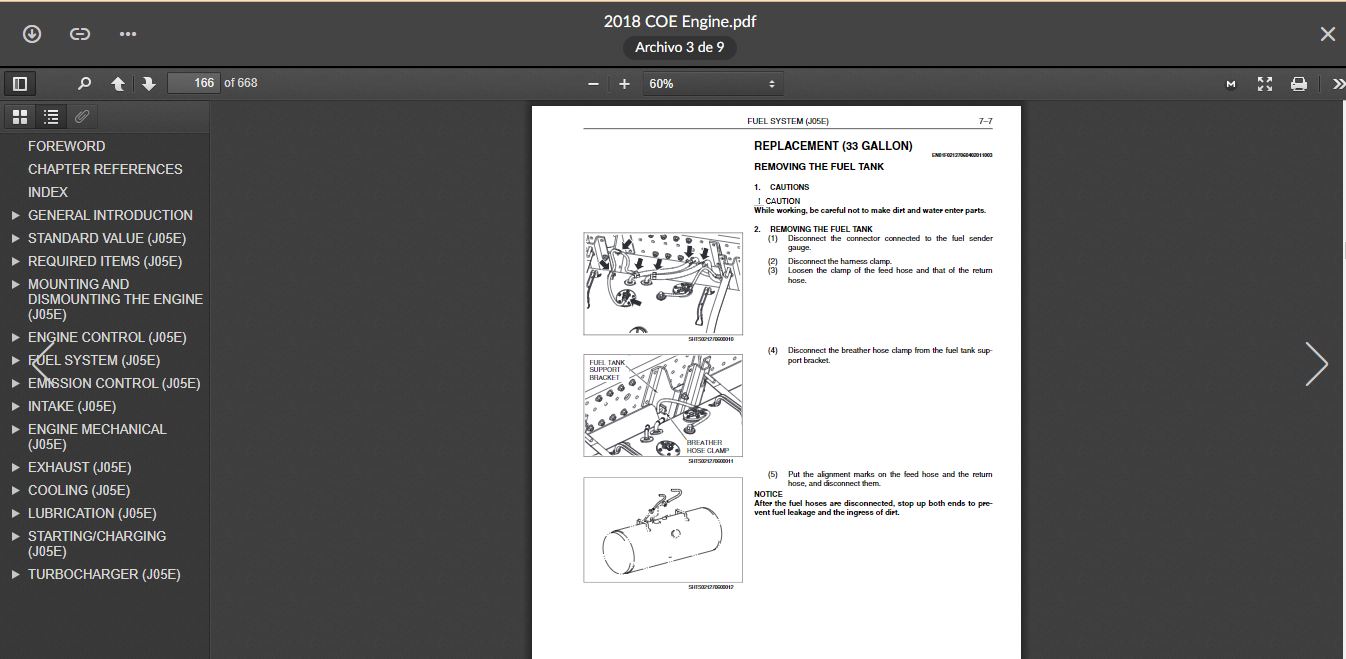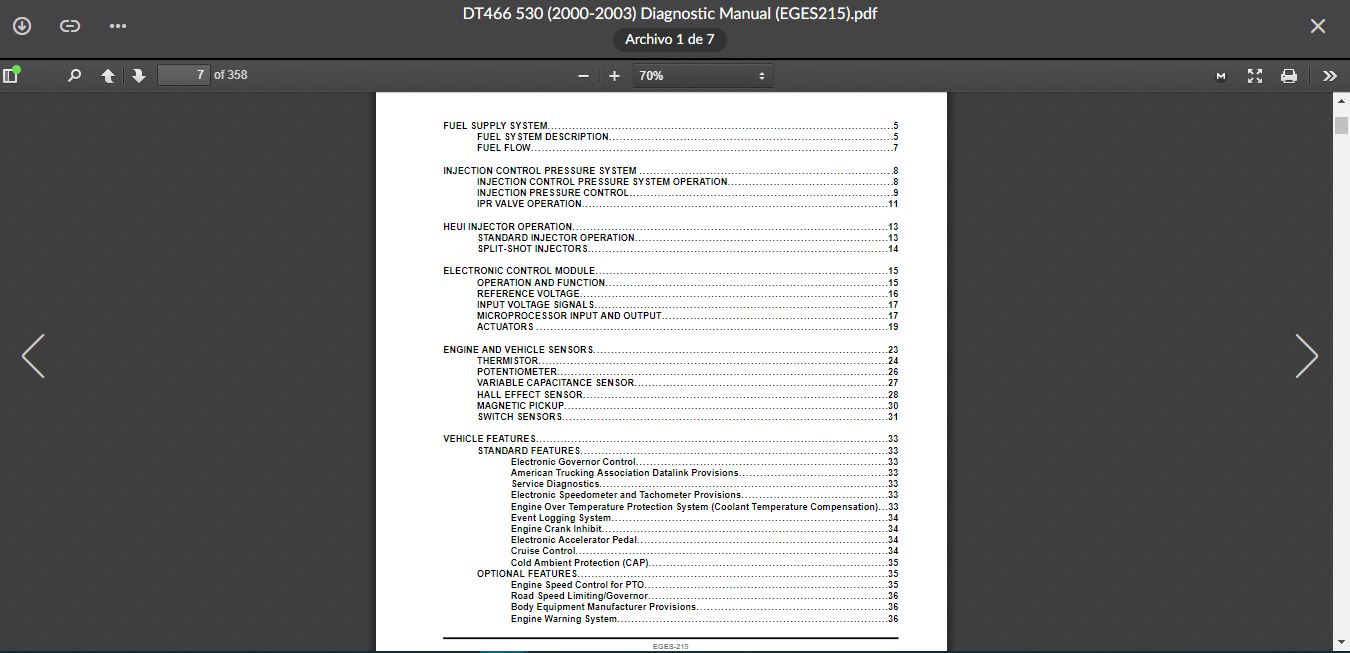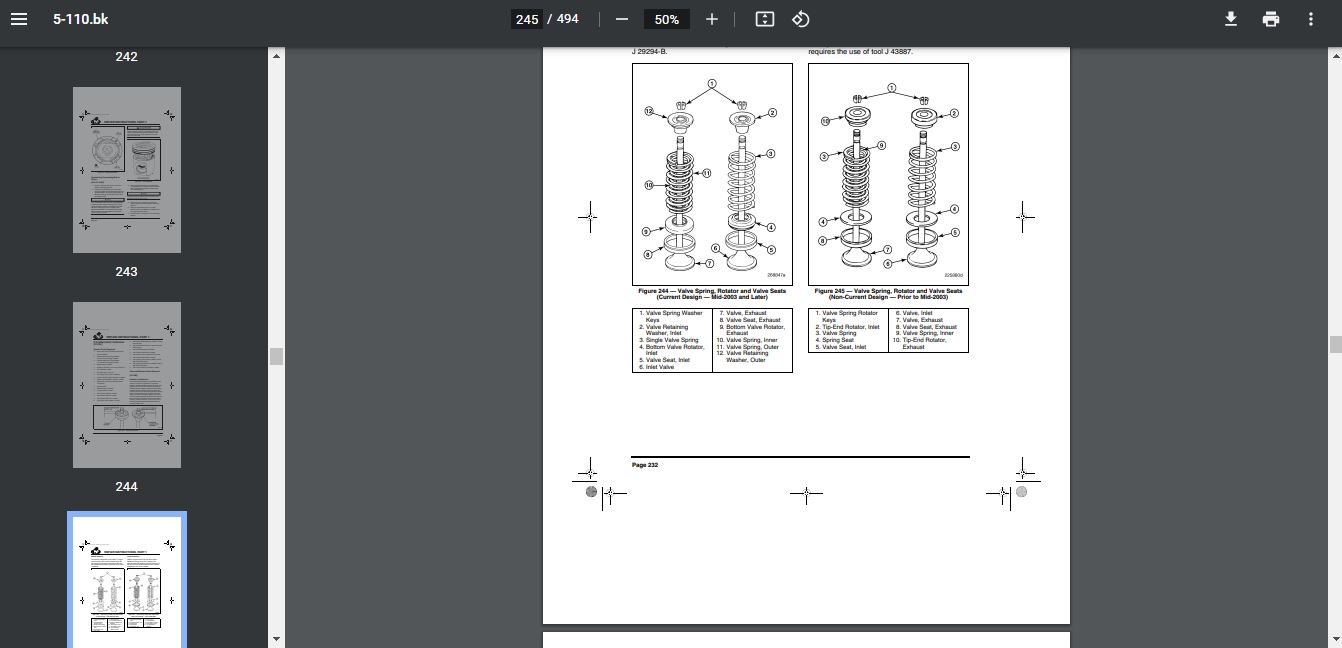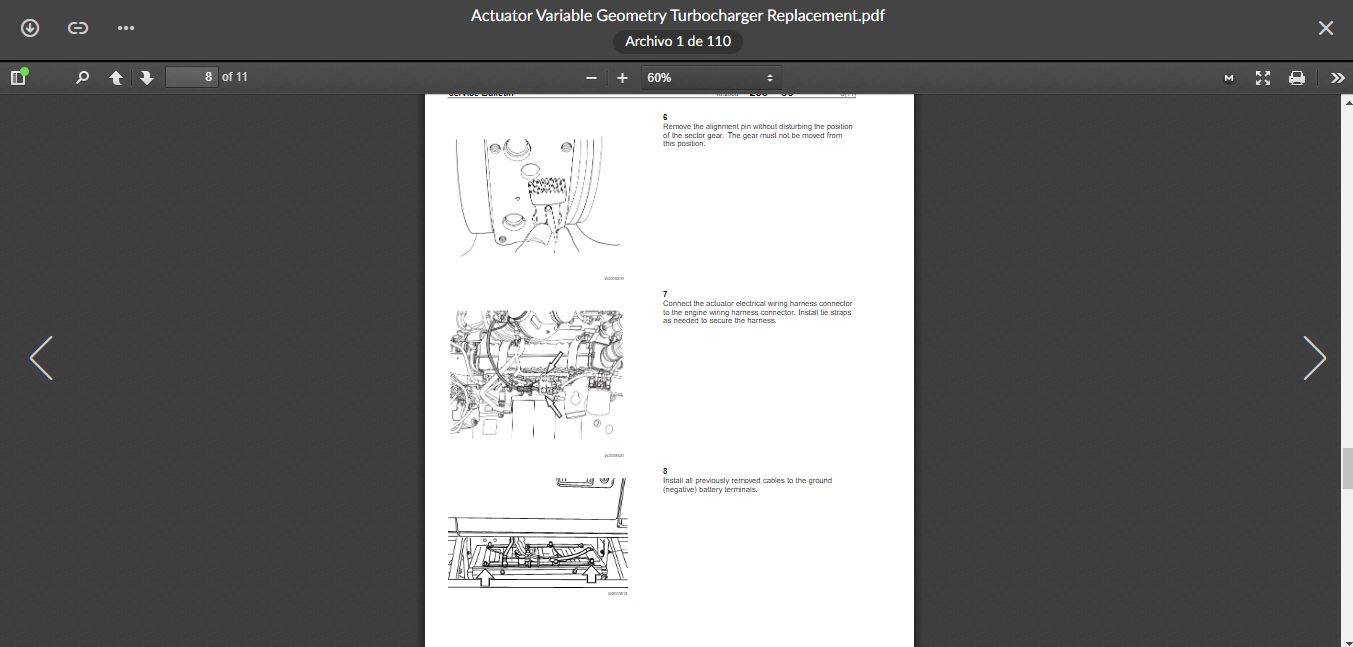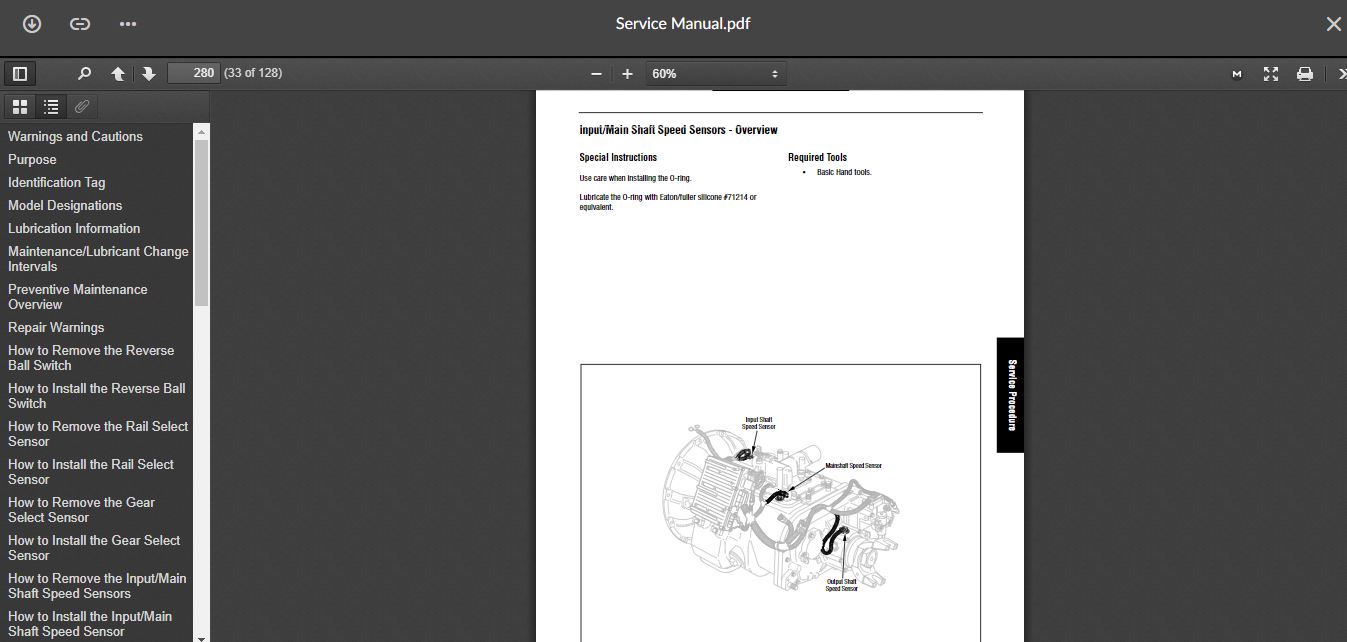Cummins ISB CM850 (2003-06) Fault Code: 2973 PID: 102 SPN: 102 FMI: 2 Intake Manifold Pressure Sensor Circuit – Data Erratic, Intermittent, or Incorrect. The electronic control module (ECM) has detected an intake manifold pressure signal that is too high or too low for present engine operating conditions.
Cummins ISB CM850 (2003-06) Fault Code: 2973 PID: 102 SPN: 102 FMI: 2 Intake Manifold Pressure Sensor Circuit – Data Erratic, Intermittent, or Incorrect. The electronic control module (ECM) has detected an intake manifold pressure signal that is too high or too low for present engine operating conditions.
The intake manifold pressure sensor monitors pressure in the intake manifold. This fault is set active when the intake manifold pressure is too high or too low for the present engine operating conditions. The ECM compares the intake manifold pressure reading to turbocharger speed (estimated by the ECM in some engines) to determine if the pressure reading is valid.
Possible causes:
1)A damaged intake manifold pressure sensor.
2)A damaged barometric pressure sensor.
3)Leaks in the air intake system between the turbocharger and intake manifold.
4)Restriction in the charge-air cooler.
5)A damaged turbocharger speed sensor.
6)A damaged turbocharger compressor intake temperature sensor.
7)A damaged engine wiring harness can cause intermittent fault codes due to intermittent resistances. Check the wiring diagram for shared supply and return circuit on sensors. It is possible that more than one sensor could be reading in range but incorrectly if a common supply/ground problem exists in the circuit. Use INSITE? electronic service tool to log any fluctuation in sensor voltage/values when the harness is moved.
NOTE: Converting gauge pressure to absolute pressure may be required, depending on the engine.
1)Barometric pressure is approximately 29.92 in-Hg at sea level. (Absolute Pressure)
2)The intake manifold gauge pressure is approximately 0 in-Hg when the engine is not operating.
3)29.92 in-Hg = 1 atmosphere = 1.013 bar
Example: If the barometric (absolute) pressure sensor reads (31) in-Hg and the intake manifold (gauge) pressure reads -5 in-Hg, then the difference can be calculated as follows:
1. Convert intake manifold (gauge) pressure to absolute pressure = (-5 + 29) = 24 in-Hg.
2. Subtract the new 24 in-Hg from the original barometric value 31 in-Hg. (31 – 24) = 7
3. The difference is 7 in-Hg. Since the value is greater than the specification of 3 in-Hg, it will cause the fault to become active at key ON.
4. Use the Barometric Pressure at Altitude table in the following procedure to help understand ambient pressure at different altitudes. Refer to Procedure 018-028 in Section V.
The sensor return configuration for Euro 4 ISB engines has been changed for automotive wiring harnesses manufactured from February 2012 onward. The new style wiring harnesses can be be identified using the method below:
1)Disconnect the ECM connector
2)Disconnect the camshaft position sensor
3)Disconnect the intake manifold pressure/temperature sensor
4)Check for continuity between the intake manifold pressure/temperature sensor RETURN pin and the camshaft position sensor RETURN pin
5)Check for continuity between ECM pin 47 and the camshaft position sensor RETURN pin
6)Use the table below to determine which harness is fitted to the engine.
NOTE: QSB engines, all C series engines, and all L series engines are not affected by this change.
Possible repairs:
1)Replace the barometric pressure sensor.
2)Replace the damaged section of the harness or damaged intake manifold pressure/temperature sensor.
3)Replace the engine intake manifold pressure/temperature sensor.
4)Repair or replace the engine harness or replace the ECM
5)Replace the turbocharger.
6)Clean or replace the charge-air cooler, if necessary.
7)Replace the turbocharger speed sensor
8)Repair or replace the restricted component
Related
-
CLAAS WebTIC Offline [11.2021] Service Information – ENGLISH Language
CLAAS $100.00Rated 0 out of 5 -
CAT ET 2021A (Caterpillar Electronic Technician) + Factory Password (1 PC )
CAT $65.00Rated 0 out of 5 -
PF Diagnose 2.0.2.23 Diagnostics Software 2013 – Full Heavy & Medium Duty with OBDII Support – Online Installation Service
PF Diagnose $60.00Rated 0 out of 5
-
ddct Detroit diesel calibration tool (DDCT) v4.5 English Include Calibrations & Metafiles
Detroit $30.00Rated 0 out of 5 -
DAF Davie Runtime v5.6.1 Davie XDc ll [02.2019] + Expire Fix 302.00 Unlock ( Windows 7 )
DAF $70.00Rated 0 out of 5 -
Volvo Impact 2021 Trucks & Buses 06.2021 DVD 9116 Spare Parts Catalog
Trucks software $55.00Rated 0 out of 5 -
JOHN DEERE SERVICE ADVISOR 5.3.225 DATABASE AG + CF ENGLISH 2023
John Deere $250.00Rated 0 out of 5
Related products
-
PACCAR Electronic Service Analyst 5.4.3.0 SW files 27.03.2021 software trucks
PACCAR $60.00Rated 0 out of 5
-
SERVICE MANUAL 3000 AND 4000 SERIES GEN 4 GENERATION – ALLISON
Allison$19.00Original price was: $19.00.$17.00Current price is: $17.00.Rated 0 out of 5 -
SERVICE MANUAL International Engines DT466 & DT530 (2001-2003) C
INTERNATIONAL ENGINES $31.00Rated 0 out of 5


